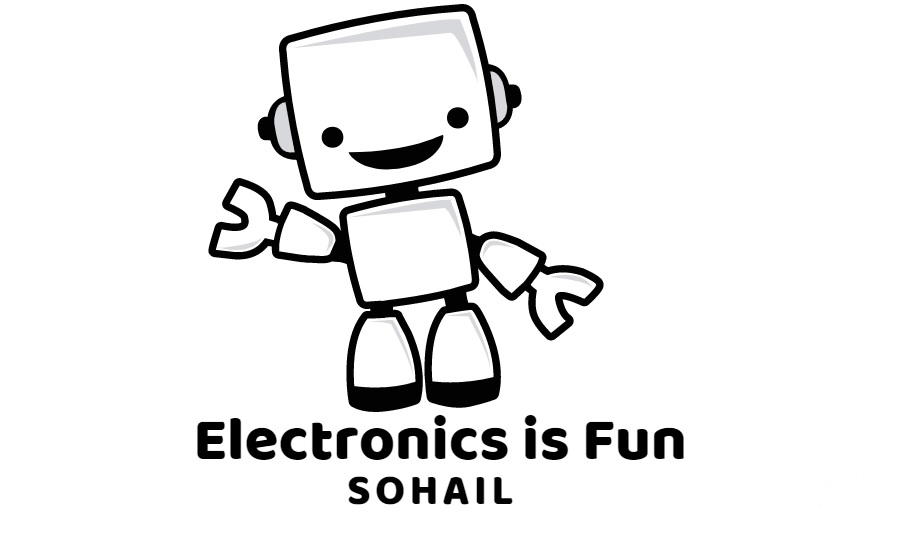Arduino Uno
Arduino Uno is the most popular and widely used development board. It is powered by an ATMega328P microcontroller.The UNO is arguably the most popular Arduino. It is powered by an Atmega328 processor operating at 16MHz, includes 32KB of program memory, 1KB of EEPROM, 2KB of RAM, has 14 digital I/O, 6 analog inputs, and both 5V and 3.3V power rails.
Main features
The Arduino Uno is a microcontroller board based on the ATmega328. It has 14 digital
input/output pins (of which 6 can be used as PWM outputs), 6 analog inputs, a 16 MHz ceramic resonator, a USB connection, a power jack, an ICSP header, and a reset button. It contains everything needed to support the microcontroller; simply connect it to a computer with a USB cable or power it with a AC-to-DC adapter or battery to get started. The Uno differs from all preceding boards in that it does not use the FTDI USB-to-serial driver chip. Instead, it features the Atmega16U2 programmed as a USB-to-serial converter.
"Uno" means one in Italian and is named to mark the upcoming release of Arduino 1.0. The
Uno and version 1.0 will be the reference versions of Arduino, moving forward. The Uno is the latest in a series of USB Arduino boards, and the reference model for the Arduino platform; for a comparison with previous versions.
Microcontroller --------------------------- ATmega328
Operating Voltage ------------------------5V
Input Voltage (recommended) ----------7-12V
Input Voltage (limits) --------------------6-20V
Digital I/O Pins ---------------------------14 (of which 6 provide PWM output)
Analog Input Pins ------------------------6
DC Current per I/O Pin -----------------40 mA
DC Current for 3.3V Pin ----------------50 mA
Flash Memory ----------------------------32 KB (ATmega328)
SRAM -------------------------------------2 KB (ATmega328)
EEPROM ---------------------------------1 KB (ATmega328)
Clock Speed ------------------------------16 MHz
Arduino board designs use a variety of microprocessors and controllers. The boards
are equipped with sets of digital and analog input/output (I/O) pins that may be interfaced to
various expansion boards or breadboards (shields) and other circuits. The boards feature serial communications interfaces, including Universal Serial Bus (USB) on some models, which are also used for loading programs from personal computers. The microcontrollers are typically programmed using a dialect of features from the programming languages C and C++. In addition to using traditional compiler tool chains, the Arduino project provides an integrated development environment (IDE) based on the Processing language project.
Link to Download Arduino Datasheet
Compatibility
The following software tools allow you to program your board both online and offline.
1. Arduino IDE
Link to Direct Download Arduino IDE
2. Arduino CLI
Link to Direct Download Arduino CLI











0 Comments